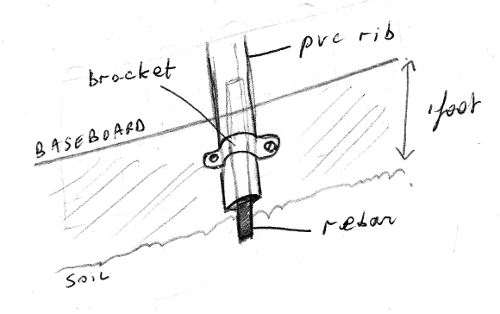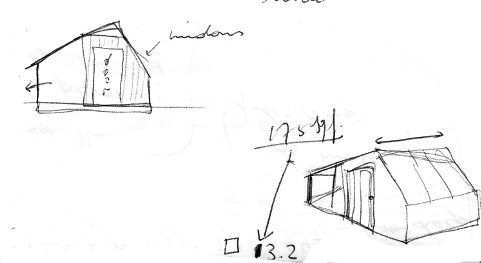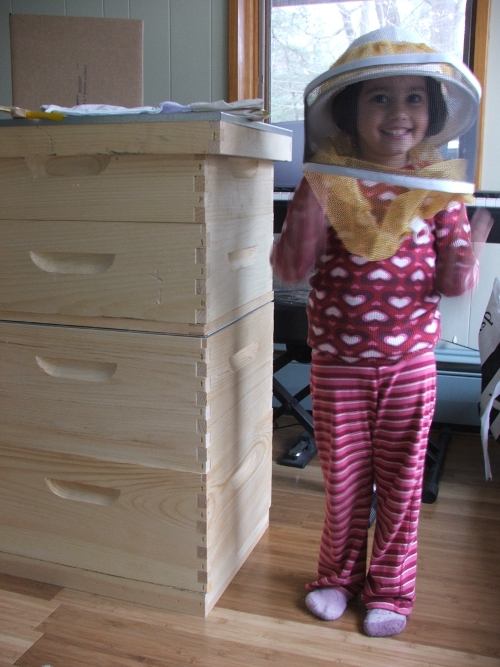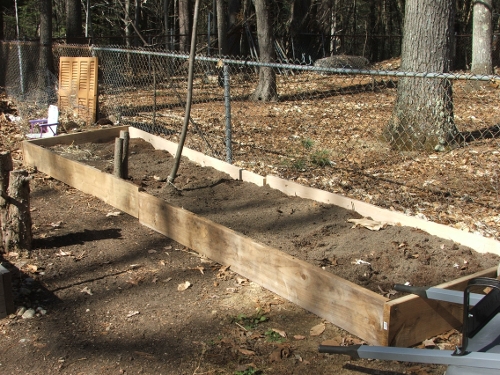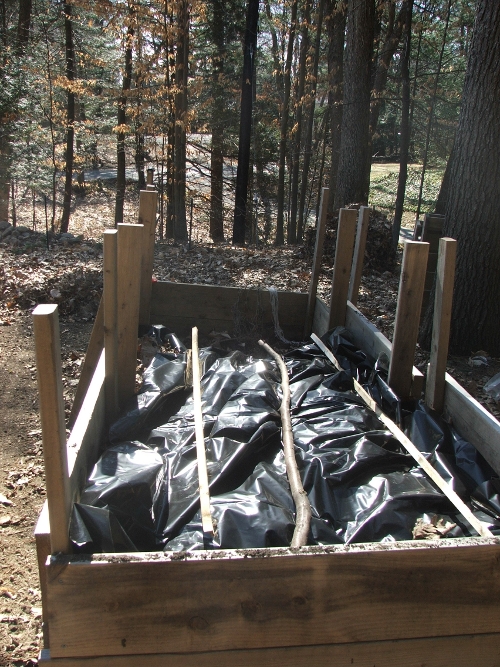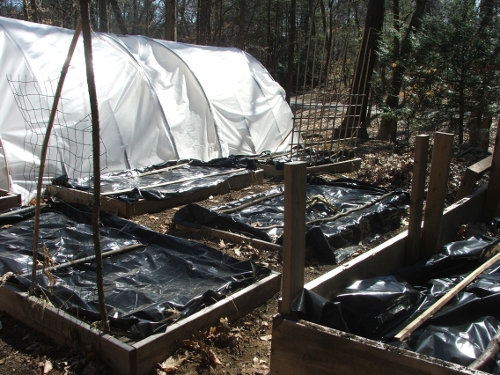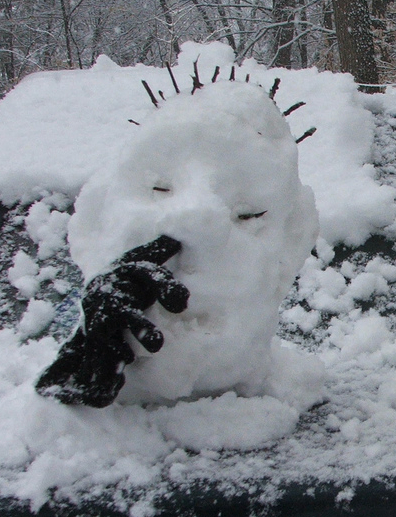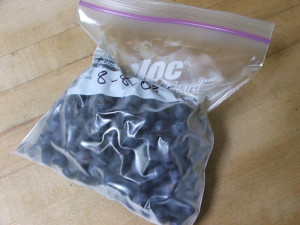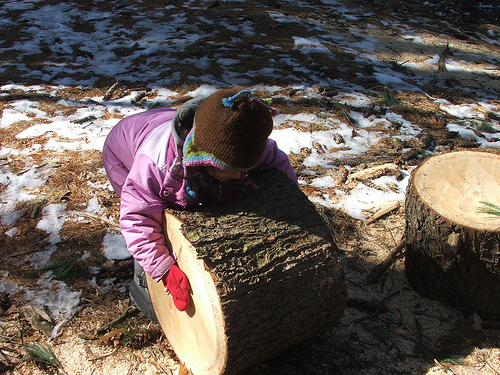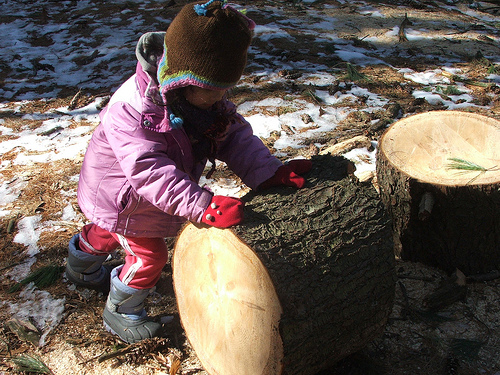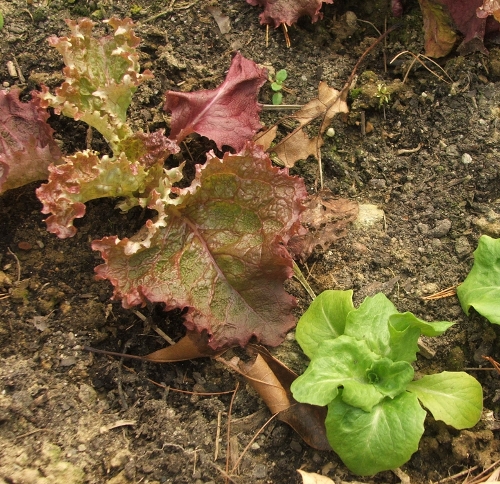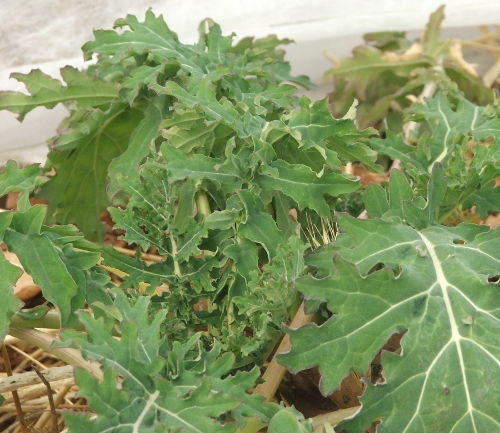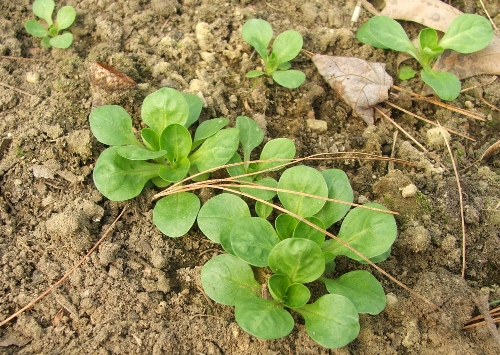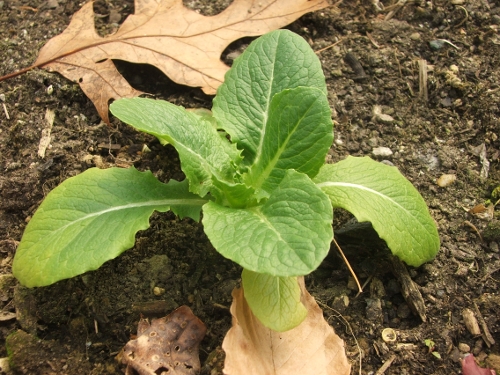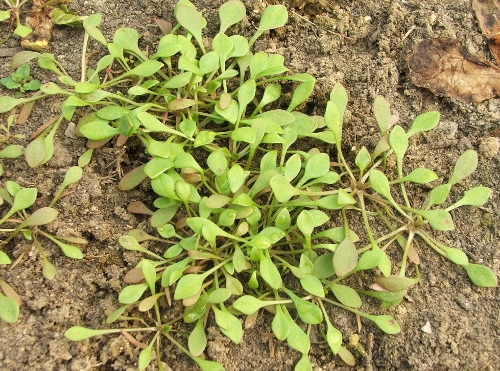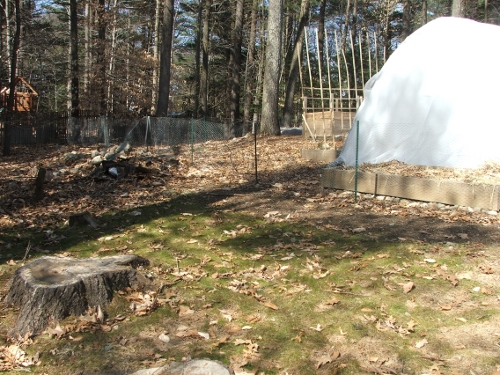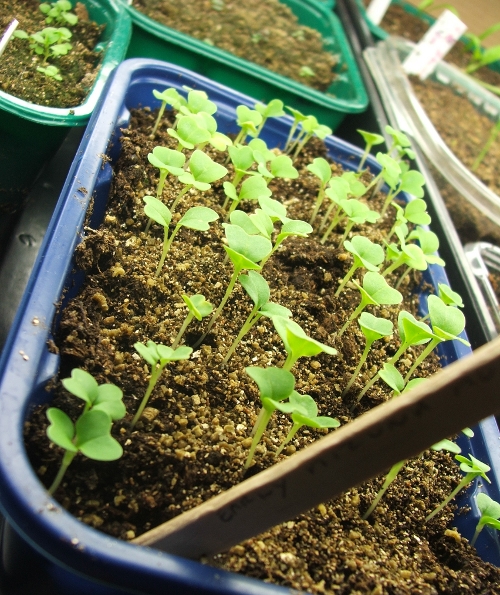The mushroom growing in one of the veg beds in the hoop house is yet more proof that we have a fungal (as against bacterial) soil. We also have wild patches, which we call “the woods,” with plenty of room for edible mushrooms of our own choosing.
From Field and Forest Products, for growing on substrates (wood chips, straw, pine needles, etc.) I ordered:
- Italian Oyster (Pleurotus pulmonarius): 2 lbs of grain spawn
- Blewit (Clitocybe nuda): 2 lbs of grain spawn {turns out they don’t carry this anymore}
- Wine Cap (Stropharia rugosa annulata): 2.5 lbs of sawdust spawn
For on logs (oak):
- Shiitake (Lentinula edodes) WR 46: 250 plugs (inoculates 5 logs)
I can ask my neighbor, who cuts down trees and/or sells firewood, for wood chips. Those will be free, as are the billions of pine needles and twigs and old leaves strewn around our backyard. I chose more of the substrate mushrooms for this reason: we use what we have on the property. And I like the idea of beds.
I still haven’t made the bush and vine order. It’s a lot of money, and I don’t know if we have enough sunlight – even for the shade loving ones. I don’t know how to prune… Another steep learning curve to climb and as always I need a bit of a run-up to get going. Reculer pour mieux sauter: taking a couple of steps back for a longer jump.

